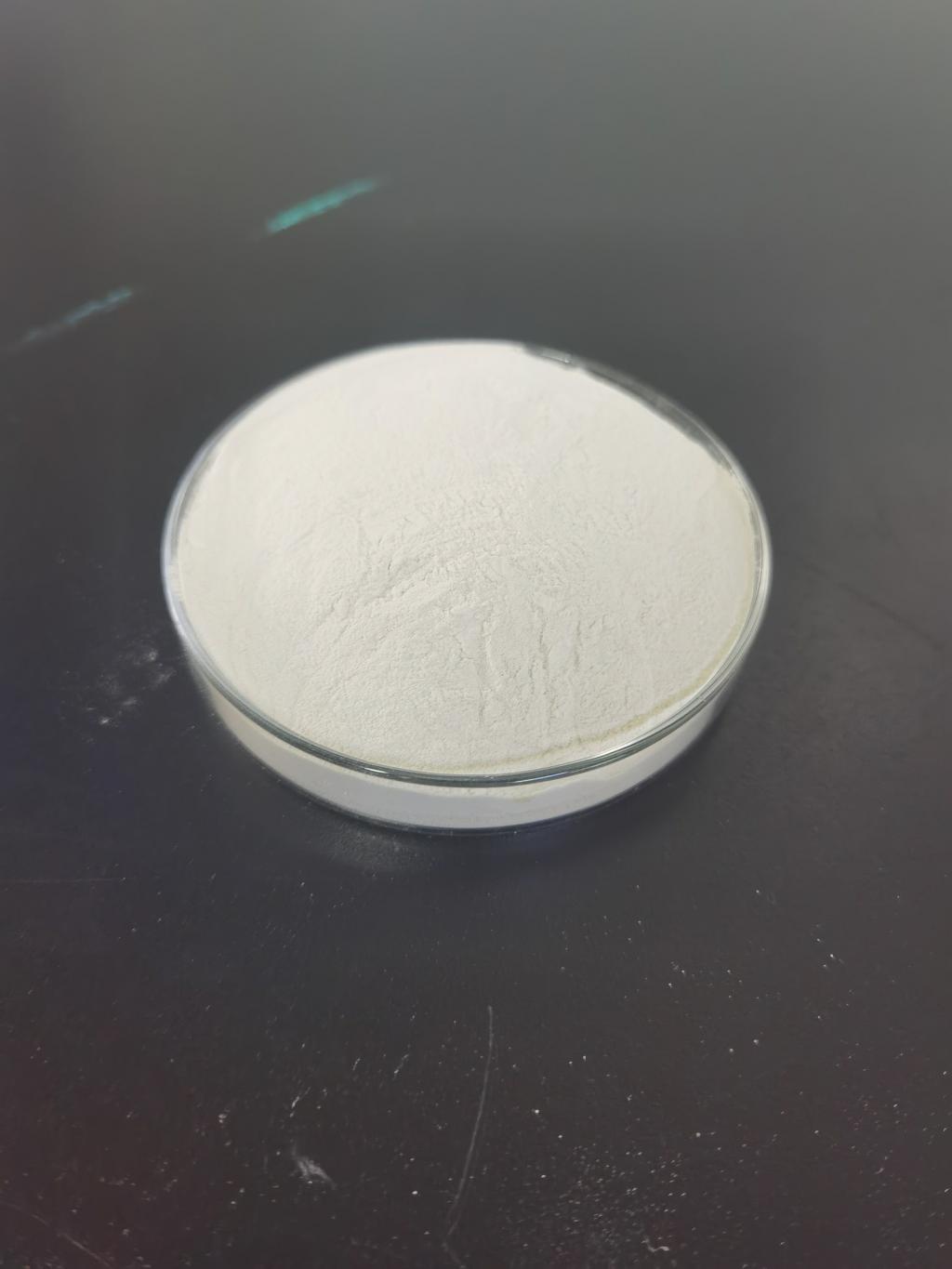Tel:+8618231198596

News
 CONTACT
CONTACT
 CONTACT
CONTACT
- Linkman:Linda Yao
- Tel: +8618231198596
- Email:linda.yao@dcpharma.cn
- Linkman:CHARLES.WANG
- Department:Overseas
- Tel: 0086 0311-85537378 0086 0311-85539701
News
Nisin: A Natural Preservative with a Low Environmental Impact
TIME:2024-01-18
1. Origins and Properties of Nisin:
Nisin is a peptide produced by certain strains of lactic acid bacteria, primarily Lactococcus lactis. Discovered in the early 20th century, this antimicrobial agent has since been extensively studied for its unique properties. Nisin exhibits strong antimicrobial activity against a broad spectrum of Gram-positive bacteria, including food spoilage and pathogenic organisms.
The structure of nisin consists of a linear polypeptide chain with unusual amino acids and a cyclic structure formed by thioether linkages. These structural features contribute to its stability and efficacy as a preservative. Additionally, nisin is heat-stable, allowing its use in various food processing methods without losing its effectiveness.
2. Applications of Nisin in the Food Industry:
Nisin's versatility has led to its incorporation into a wide range of food products. It is commonly used in the preservation of dairy products, meat, beverages, and canned goods. Its effectiveness at low concentrations makes it an economical choice for manufacturers seeking natural preservatives.
Nisin inhibits the growth of bacteria by disrupting cell membrane integrity and interfering with cell wall synthesis. This mechanism of action not only extends the shelf life of products but also helps maintain their quality and safety. Furthermore, nisin has been investigated for its potential role in controlling foodborne pathogens, contributing to improved food safety standards.
3. Environmental Benefits of Nisin:
One of the significant advantages of nisin as a preservative lies in its low environmental impact. Unlike synthetic preservatives, nisin is a naturally occurring substance that does not contribute to the accumulation of harmful chemicals in the environment. The production of nisin involves fermentation processes, which can be considered more environmentally friendly compared to the chemical synthesis of some artificial preservatives.
Moreover, the biodegradability of nisin ensures that it does not persist in the environment, reducing long-term ecological concerns. As sustainability becomes a focal point across industries, the adoption of nisin aligns with the growing demand for eco-friendly practices in food production.
4. Regulatory Status and Safety Considerations:
Nisin has been approved as a food additive by various regulatory authorities, including the U.S. Food and Drug Administration (FDA) and the European Food Safety Authority (EFSA). Its long history of use and extensive safety evaluations have established nisin as a generally recognized as safe (GRAS) substance.
Studies on the potential allergenicity and toxicity of nisin have not revealed any significant concerns at the levels commonly used in food products. However, ongoing research continues to explore its safety profile, ensuring that its application in the food industry remains secure and in accordance with regulatory standards.
5. Challenges and Future Perspectives:
While nisin presents a promising natural alternative to synthetic preservatives, some challenges exist. The limited spectrum of activity against Gram-negative bacteria and certain yeasts is an area of ongoing research to enhance its efficacy. Additionally, optimizing production processes to meet the increasing demand for nisin remains a focus for industrial applications.
Looking ahead, the integration of nisin into innovative food preservation technologies, such as active packaging, could further enhance its effectiveness. Collaborative efforts between researchers, food manufacturers, and regulatory bodies are essential to navigating these challenges and maximizing the potential of nisin in sustainable food preservation.
Conclusion:
Nisin stands as a beacon of hope in the quest for natural, eco-friendly preservatives in the food industry. Its origin from lactic acid bacteria, impressive antimicrobial properties, and low environmental impact position it as a key player in the movement towards sustainable food production. As consumer preferences shift towards clean label products and environmental responsibility, nisin offers a compelling solution to meet these demands, ensuring a future where food preservation is both effective and environmentally conscious.
- Tel:+8618231198596
- Whatsapp:18231198596
- Chat With Skype







